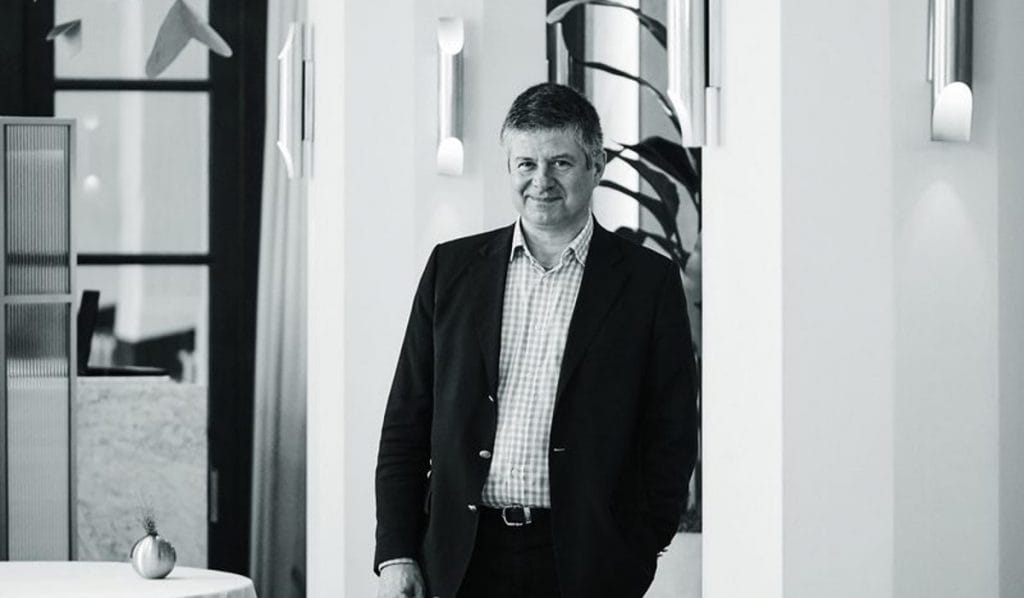The peach dining room of Odette in Singapore is a sight that few get to witness in the early morning, and breakfast with feted chef de cuisine Julien Royer is an even rarer treat. But Royer is not the star of the show today.
That honour goes to what’s being poured into our champagne flutes: Cuvee Elisabeth, a 2006 rose named after the woman who won Nicolas Francois Billecart’s heart over two centuries ago. Their union birthed champagne house Billecart-Salmon in Mareuil-sur-Ay in Epernay.
The institution turns 200 this year, and is one of the few remaining family-run champagne productions in the world.
Effervescent for longer than usual, Cuvee Elisabeth is a creamy bouquet of florals and minerality; strawberry foremost, citrus and yeast following, with a thoughtful measure of acidity for a crisp finish. The lingering aftertaste is so pleasant and clean, you could kiss someone right after.

VICTORY LAP The straight-talking Roland-Billecart is on a celebratory tour marking the brand’s 200th.
Proudly brandishing his family’s 90-plus-points creation is sixth-generation scion Antoine Roland-Billecart, who is in Singapore as part of the house’s anniversary tour around the world. He expounds on the virtues of the Billecart-Salmon process. “Structure requires time, and so we give it time,†he says. The house is the sole remaining one that allows its grapes to first ferment for 30 days; most others rush it in 10 to 12.
“The product is the best marketing tool we have, so we put our all into it. We do not build bridges, we do not make bar tables, or umbrellas,†he says, taking a dig at other producers in the region. The room titters.
Later, I pull him aside for a tete-a-tete to extract finer details. In a conglomerate-dominated landscape where luxury giants are bankrolling alcohol production, how does the house intend to retain its niche? “Well, we don’t have the pressure to perform financially. Quality can then become the priority. Quality over quantity, always,†he says.
Mind you, house Billecart-Salmon ships out some 2.5m bottles per year to over a hundred countries, so it’s not like they’re extremely small-batch producers. But it is freezing those numbers, even if more money could be made by expanding – that would only overtax the facilities, and sully the champagne. “In fact, we will reduce the quantity if we have to,†he notes.
So how has the brand continued to grow without losing the plot or succumbing to avarice, so many generations later? “Well, everyone gets merely a decent salary… (to us) there is no need to drive Ferraris. We reinvest 100 per cent of the profits back into the company,†says Roland-Billecart. Surely, then, the love and acuity for the family business is inculcated at a young age.
“YOU CAN DESIGN MODELS OR PRODUCTS, BUT YOU CANNOT DESIGN A PERSON.â€
“No,†he says. “Especially now, in this day and age, it’s too early for kids to make a decision. You never know with them. We send them to study what they want to, let them express what they want to do.â€
“You can design models, or products, but you cannot design a person. We have enough members in the family to ensure the wheel turns. To the kids, we say, ‘Hey, it’s your own life!’ They can come back to (the fold) when they want to… And they do.â€

STAR-STUDDED CAST The house’s champagnes have consistently earned 90-plus points in reviews and the favour of independent wine critics.



